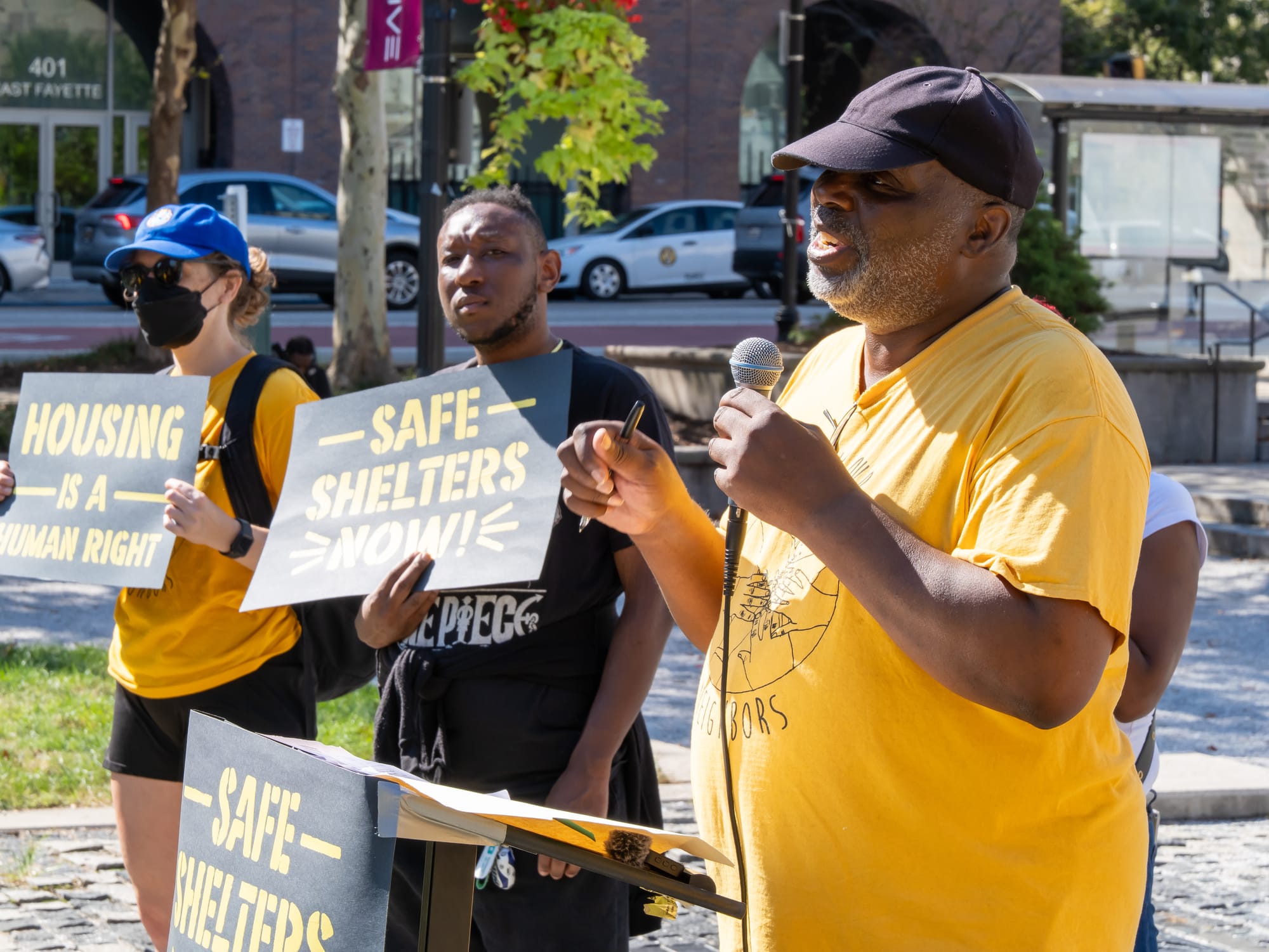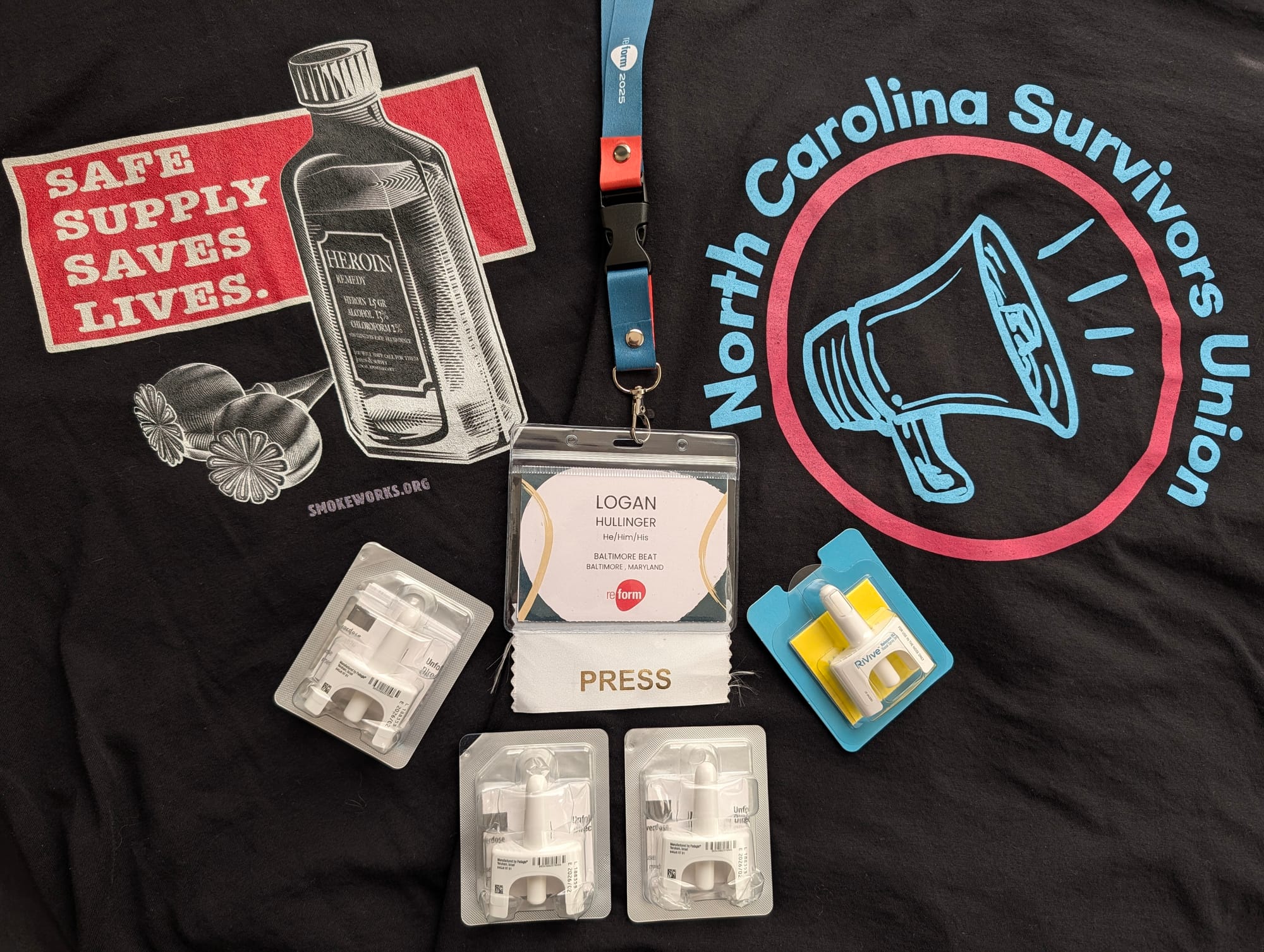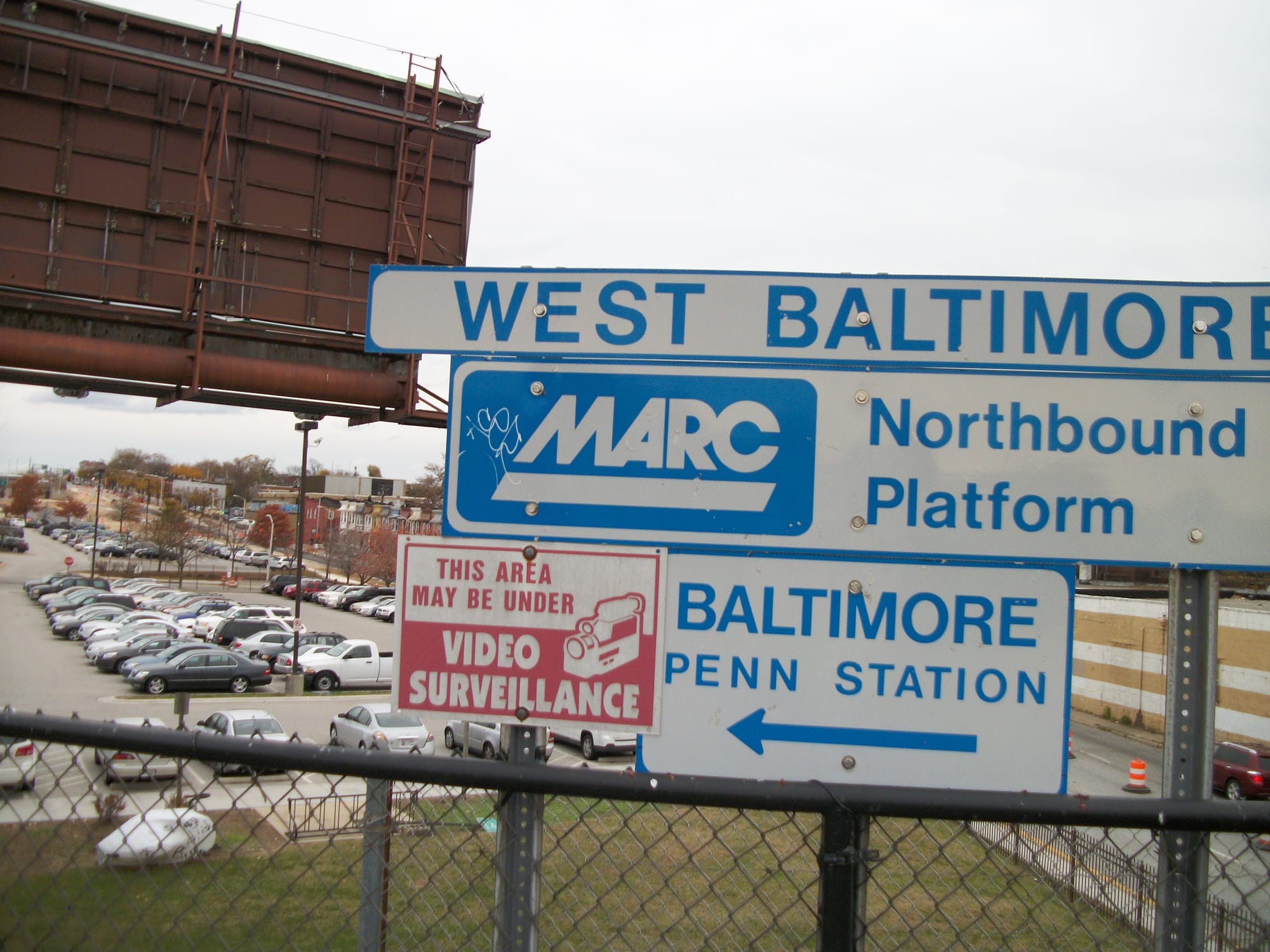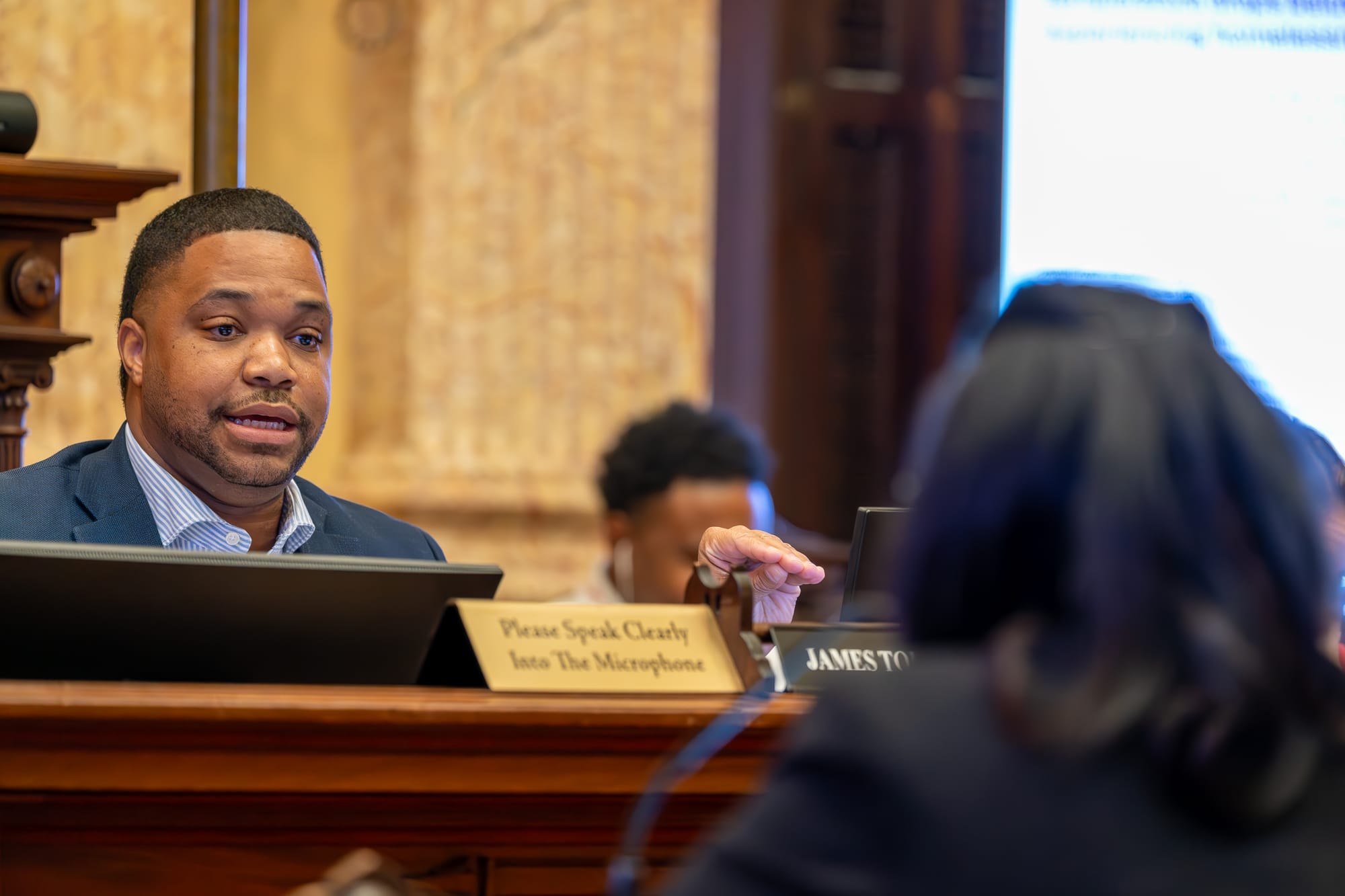
Residents at the city’s homeless shelters are often unaware of the process to file grievances about safety, cleanliness and other matters, and rate the conditions of shelters as 5.1 out of 10 on average, a new survey of 74 current and former shelter residents has found.
Complaints cited in the survey included infestations of bedbugs, cockroaches, mice, and rats. There were also reports of brown-colored water coming from showers, toilets and faucets, as well as expired or moldy food and a lack of wheelchair accessibility.
Some current and former shelter residents also reported racist treatment by staff, difficulties with accessing case management services and a lack of space to store life-saving medications such as insulin.
Members of Housing Our Neighbors, an organization advocating for the rights of unsheltered Baltimoreans, said that the survey results underscore the need for the General Assembly to regulate shelters — something they have been demanding for years as shelters seemingly go unchecked.
“We are not making these things up,” said Mark Council, a lead organizer of Housing Our Neighbors, who said he has seen people die in shelters when he was unhoused. “This is our experience. We, the people, can stop this abuse — we have to do this.”
The survey respondents echoed complaints made by people who spoke to Baltimore Beat for a July investigation, which detailed the myriad of reasons why unhoused individuals often prefer the autonomy and humanity of staying on the streets in the sweltering summer heat over the hazardous and neglectful conditions in city shelters.
Concerns about shelter conditions come after a surge of encampment sweeps this summer. Under the city’s new Encampment Resolution Protocol, which took effect in January 2024, encampments are only shut down — officials refer to the process as “resolving” encampments — if beds are available.
When the Beat’s investigation into shelters was published in June, just two encampments had been shuttered. There have been 23 encampments cleared since then, bringing the total to 25. Jessica Dortch, spokesperson for the Mayor’s Office of Homeless Services, attributed the steep increase to the summer weather.
"If folks experiencing homelessness return to a previously resolved site, we are able to resolve it again, which counts as a separate resolution," Dortch wrote in an email. "With the summer weather being hot but not unbearable (hence the few Code Red declarations), we had more people experiencing homelessness staying outdoors."
In addition to dealing with increasingly extreme weather, the prevalence of substance use disorder among the unhoused individuals has skyrocketed. Compared to 23% of people reporting having substance use disorder two years ago, a whopping 76% reported being addicted to a substance this year, according to data unveiled at a city council hearing in April.
Councilman James Torrence, chair of the Housing and Economic Development Committee, said he plans to discuss shelter conditions during a 5:15 p.m. committee hearing on October 28.
For the past two years, state lawmakers have failed to pass legislation that would regulate shelters throughout Maryland. The legislation would have required shelters to be licensed by the state Department of Housing and Community Development, which would develop and enforce operational and building standards, as well as minimum protections for shelter residents.
The 2024 bill, which passed the General Assembly, was amended to simply call for a study on shelter conditions. A renewed effort to implement regulations died in committee in this year’s legislative session.
Those who live in shelters may not be able to afford waiting for reforms. Cassie Bailey, who has been unhoused in Baltimore for more than two decades and has been sober for more than five years, said unregulated shelters have been a death sentence for some of her friends who used drugs.
"They haven't made it," Bailey said, adding that she almost didn't make it herself. "And they took their last breath in front of the staff, or they were crying for help, and the staff didn't help them. They brushed them off."
Bailey said that she has been in multiple shelters since she first became unhoused at 18 years old. Now 42, she is trying to get into a shelter once again, but she has been told the shelters are full.
Dortch did not respond to requests for comment about shelter bed availability.
Legislation to regulate shelters statewide has been stifled by shelters, particularly those run by Christian organizations, who argue that the legislation would be costly and burdensome. Some organizations also argued that regulations would allegedly violate their constitutional right to turn away unhoused individuals or deny people services because of their religious views on gender identity or sexuality.
Renee Lau, administrative assistant and senior projects coordinator at Maryland Safe Haven, a nonprofit that provides supportive services for the city’s trans and LGBTQIA+ population, said that sort of discrimination is commonplace in shelters throughout the city.
“When I had to be in a homeless shelter, I had to live a dual life,” Lau said. “I could not express my gender identity. This is an issue. It is not only an issue for people like me. It is also an issue for everybody in the LGBTQIA community. You do not feel safe in these shelters. No one monitored us. As a matter of fact, I tried to be a shelter monitor and was denied because of my gender identity. This is unconscionable.”
The first phase of the study on shelter conditions, mandated by the 2024 legislation, found that “while there are relatively robust regulations and monitoring requirements homeless shelters must follow if they receive federal or state funds, there are significant gaps in oversight and policy.”
Those gaps include the fact that federal laws governing shelters are “extremely limited,” as are enforcement measures if those few laws are violated.
The study also notes that even animal shelters must abide by minimum operating standards laid out by state law, yet homeless shelters do not. In addition, laws don’t enforce non-discriminatory admissions practices, habitability standards, grievance and due process procedures, or supportive services.
It offers a long list of recommendations, including the adoption of a “Homeless Shelter Resident Bill of Rights.” This would codify protections against discrimination based on things such as shelter residents’ race, gender identity, and lack of valid identification, among other factors.
The study recommends that shelters have harm reduction supplies on hand, train staff in overdose prevention practices, anti-discrimination, and trauma-informed care, and have readily accessible case managers.
In addition, the study suggests comprehensive regulations on building safety, including regulations for air and water quality.
Currently, shelters are largely self-regulated. The six city-funded shelters, for example, rely on the nonprofit organizations running the facilities to work with an emergency services manager from the Mayor’s Office of Homeless Services. Representatives from the office have said that shelters are routinely cleaned and inspected, and security officers are always present.
Organizers and those who have experienced homelessness say that the city’s efforts to maintain shelters have failed, allowing dangerous and dehumanizing conditions to fester.
“We need to ask ourselves, is this how I would want to be treated? Or would I want to know that the tax dollars I've contributed over my lifetime will be used to actually help me if I'm in need?” said Belinda Rodríguez, a member of the Housing Our Neighbors steering committee.
With the General Assembly’s next legislative session beginning on January 14, those who spoke at the rally are gearing up to descend upon Annapolis to once again advocate for legislation that could be the difference between life and death for unhoused Marylanders.
“Shelter residents deserve safe, habitable conditions and to be treated with dignity and respect,” Rodríguez said. “We have the opportunity to pass this legislation at the state level next year. We need to change the narrative on shelters away from apathy and cruelty to care, support, and responsibility for each other's well-being.”








Comments